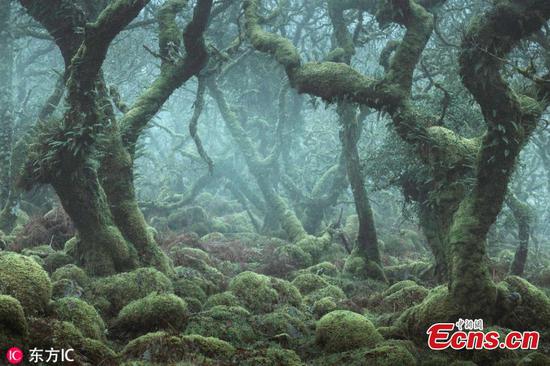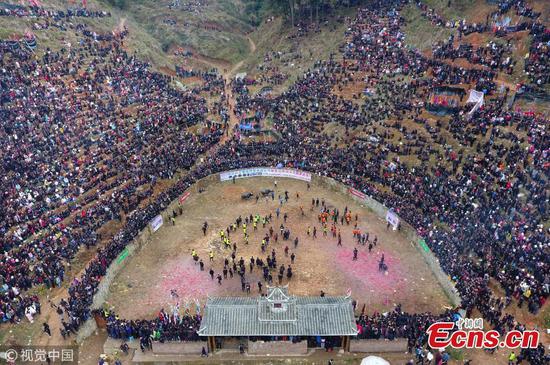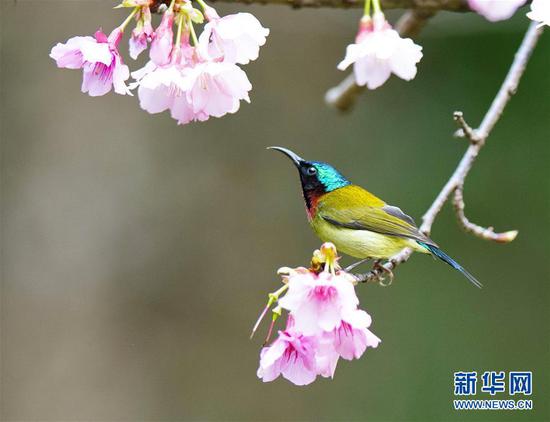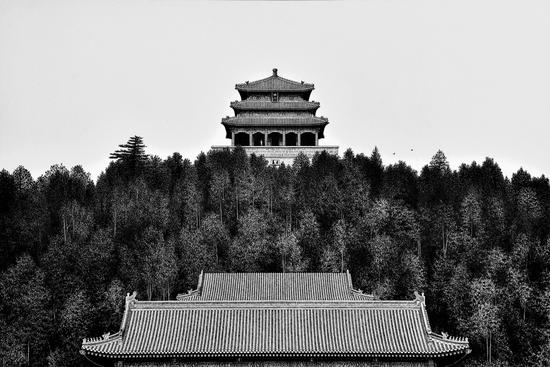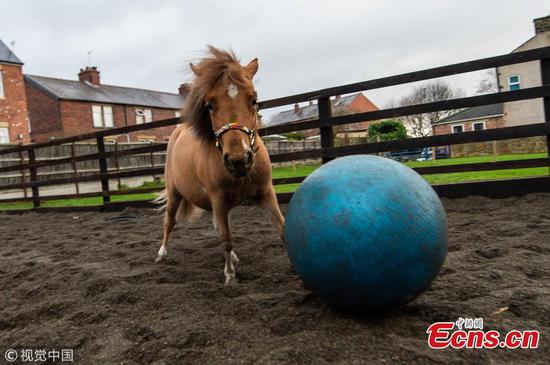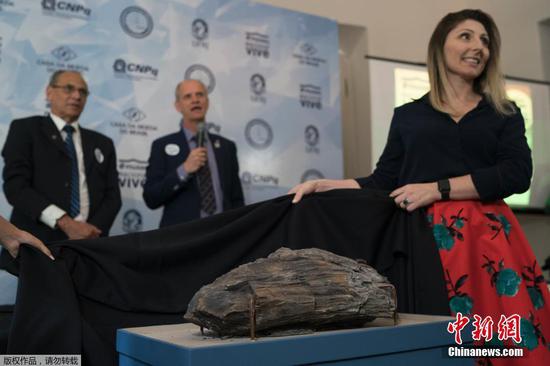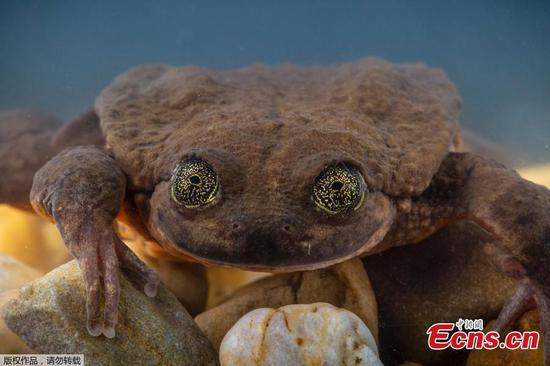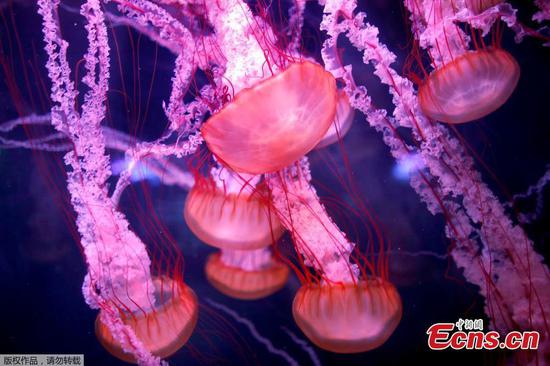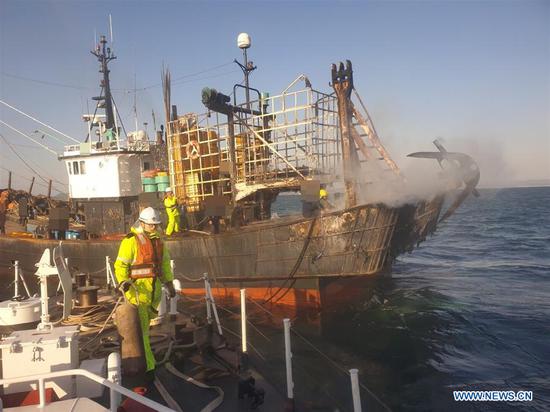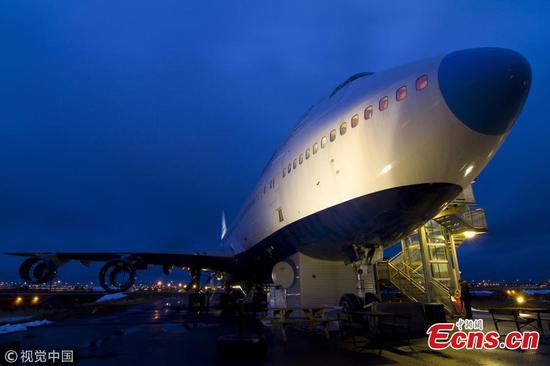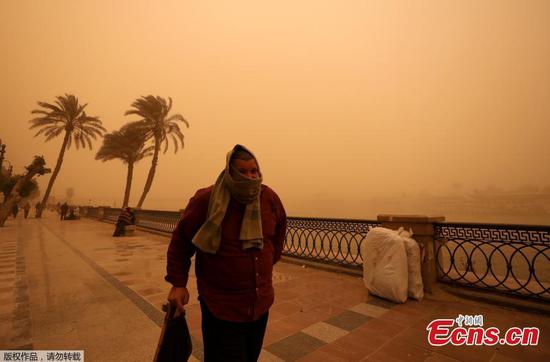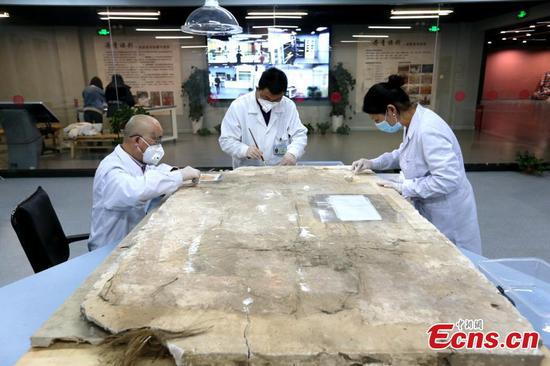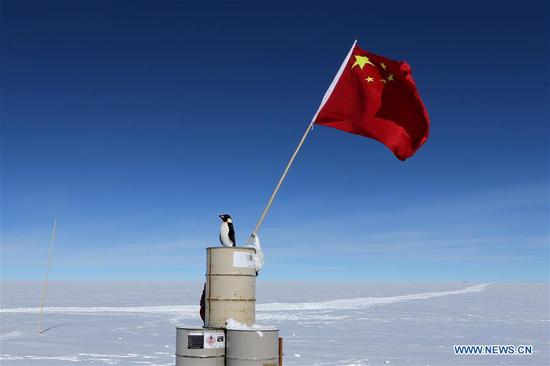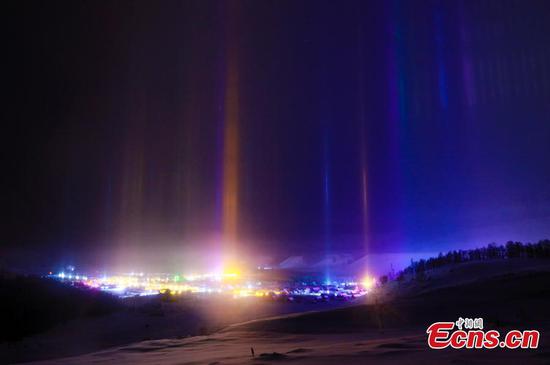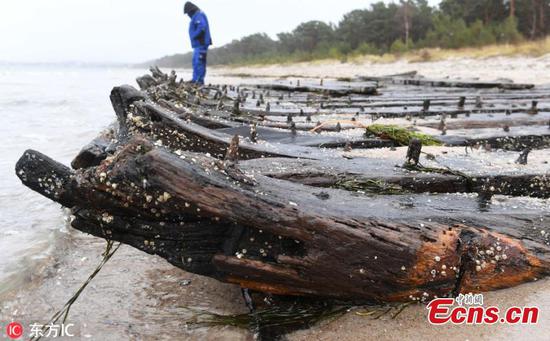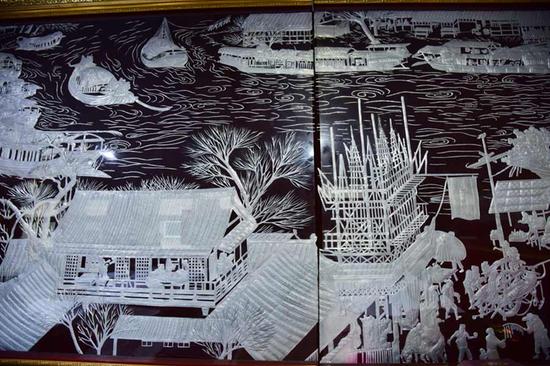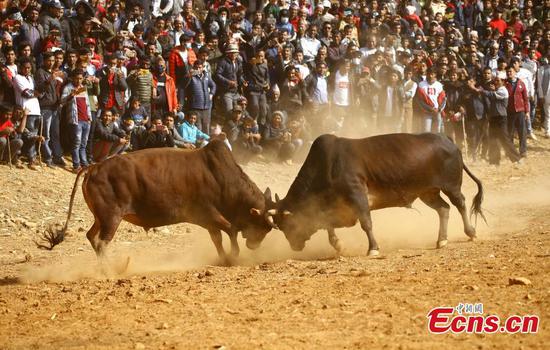
At 8 p.m. on Jan. 12, Chang'e-4 sends back the last photo of the bio test load showing that tender shoots have come out and the plants are growing well inside the sealed test can. It is the first time humans conducted a biological growth and cultivation experiment on the surface of the moon. (Photo provided to China Daily)
The biological experiment onboard the Chang'e-4 probe has ended as planned, and the data collected is "invaluable in improving the experiment and possibly make the moon habitable for humans," the project's chief engineer said.
Xie Gengxin, dean of Institute of Advanced Technology at Chongqing University, and the chief designer of the experiment, told China Daily on Friday that they knew the experiment was not meant to last over the lunar night, so they terminated their roughly 9-day test on Jan. 12.
China National Space Administration also confirmed on Friday that the experiment had stopped.
Despite huge temperature changes, strong radiation and a vacuum on the moon, tender green shoots of cotton have sprouted in a sealed can there, marking China's successful development of the first plant growth on the lunar surface, according to the university.
Six living things were placed inside the sealed cans - cotton, rapeseed, potato, thale cress, yeast and fruit flies, with aims to form a simple micro-ecosystem. These biological matters would gradually decompose in their totally enclosed canisters, and would not affect the lunar environment, China National Space Administration said on Friday.
Xie said temperature during the lunar night could drop well below -100C, and the lunar lander had to enter "sleep mode" on Jan 13, so no power was available for the biological experiment.
Scientists had hoped that the experiment could have lasted for more than 100 days, but it required additional power source like an external battery pack. The batteries were eventually canceled to save valuable travel weight and space for the lunar probe, "which are completely valid reasons," Xie said.
Other canceled equipment included cameras, so the team had to make due with fewer and less advanced cameras than they hoped, "due to the limited and fixed-camera angle, we only have image proof of the cotton sprout, and not the other organisms," he said.
"It is a pity that we don't have picture evidence of what happened to them, but the data we've collected will be invaluable in improving our experiments and possibly make the moon habitable for humans," Xie said.
"Despite the limitations, we are happy to achieve what we did in such short period of time," he said. "Growing the first living matter on the moon proves our experiment is feasible, and we know how to improve it in the future."
Chang'e-4 was launched atop a Long March 3B rocket on Dec 8, and had successfully landed on the moon on Jan 3. This is China's fourth lunar mission and the world's first-ever expedition on the moon's far side, most of which never faces Earth.









